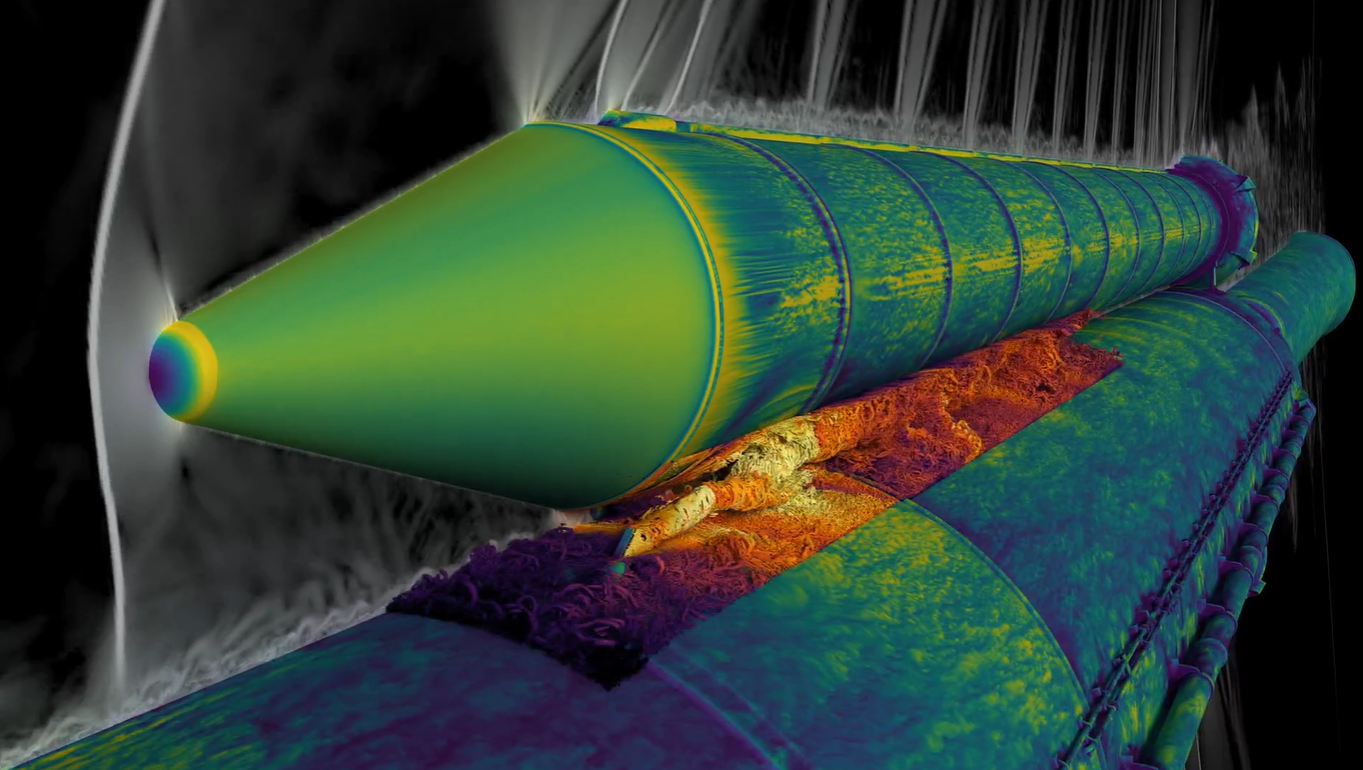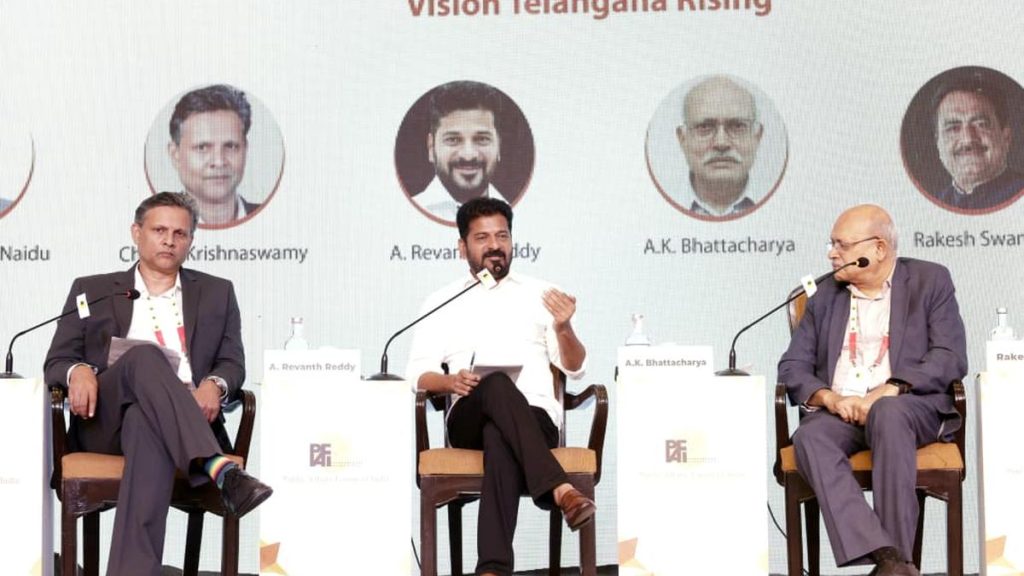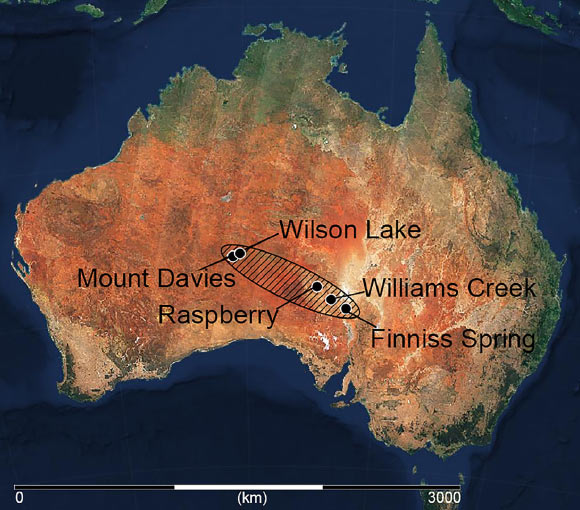Now Reading: NASA’s Tech Arsenal Powers Artemis II Mission
-
01
NASA’s Tech Arsenal Powers Artemis II Mission
NASA’s Tech Arsenal Powers Artemis II Mission

Speedy Summary
- NASA is using advanced computational capabilities and wind tunnel experiments to improve the Space Launch System (SLS) rocket for the Artemis II mission, which will be the first crewed lunar journey of the Orion spacecraft on a 10-day mission around the moon.
- During Artemis I, unsteady airflow caused higher-than-expected vibrations near solid rocket booster attach points. Engineers proposed adding four “strakes” – fin-like structures – to minimize these vibrations.
- The strake design was refined using experiments in NASA’s Unitary Plan Wind Tunnel with an innovative Unsteady Pressure Sensitive Paint (uPSP) technique capturing rapid pressure changes. Data was analyzed on NASA’s hyperwall visualization system via a high-speed network connection between facilities.
- The Cabeus supercomputer facilitated complex simulations to model airflow dynamics, complementing wind tunnel data where sensors could not reach. This sped up data processing timelines from weeks to hours.
- A collaboration involving multiple teams led by NASA’s Advanced Supercomputing Division contributed to safe and efficient designs by enabling real-time adjustments based on visualization feedback.
- Construction of the strake-equipped SLS rocket at Kennedy Space Center is expected to finish by October 2025.
Indian Opinion Analysis
The innovative integration of supercomputing and aerodynamic testing reflects a multilayered approach toward more efficient space exploration technologies. Using GPU-based systems like Cabeus demonstrates how cutting-edge computational power can drastically reduce development time while enhancing safety – an encouraging step for large-scale global engineering projects.
For india, where institutions like ISRO are poised for significant advancements in human space exploration through missions such as Gaganyaan, learning from initiatives like Artemis II could prove instructive. leveraging similar collaborative models involving software developers, simulation tools, and advanced aerodynamics techniques might bolster locally developed aerospace programs while fostering partnerships with entities like NASA in shared scientific goals. Proficiency in data visualization tools akin to those employed here could also find utility across multidisciplinary industrial applications domestically.
























